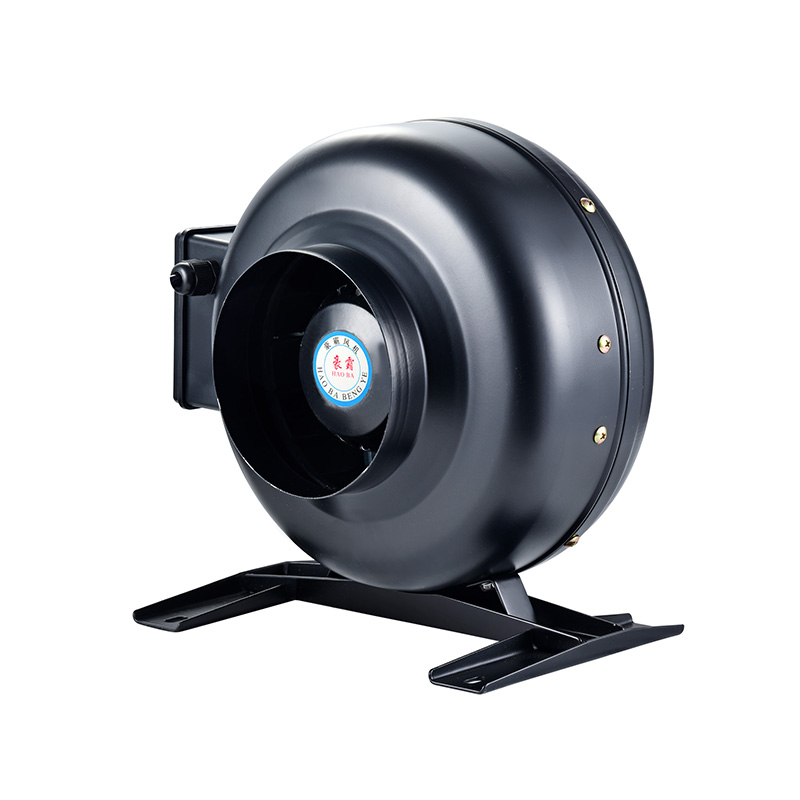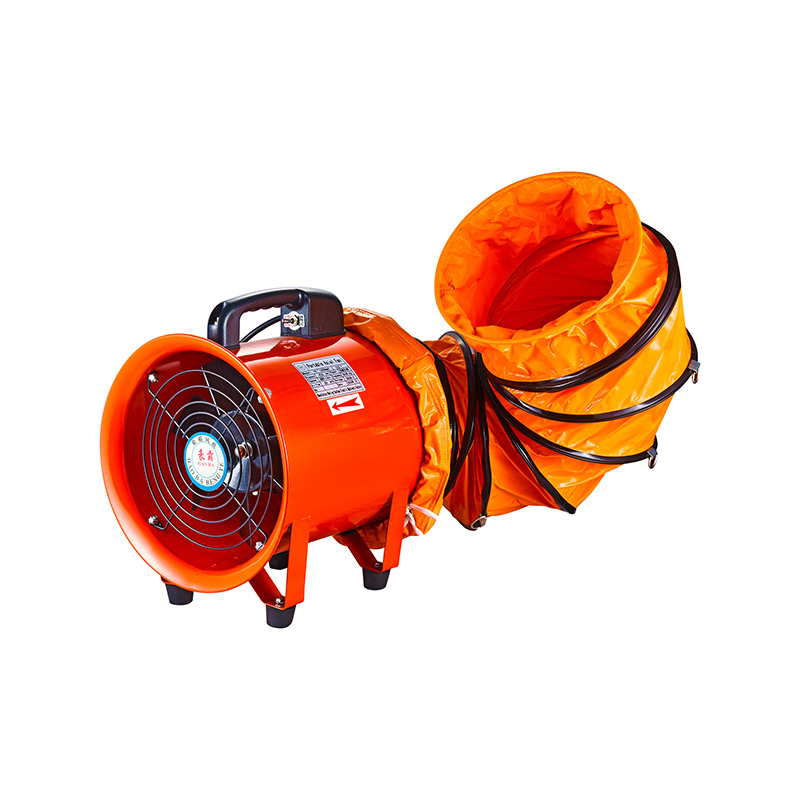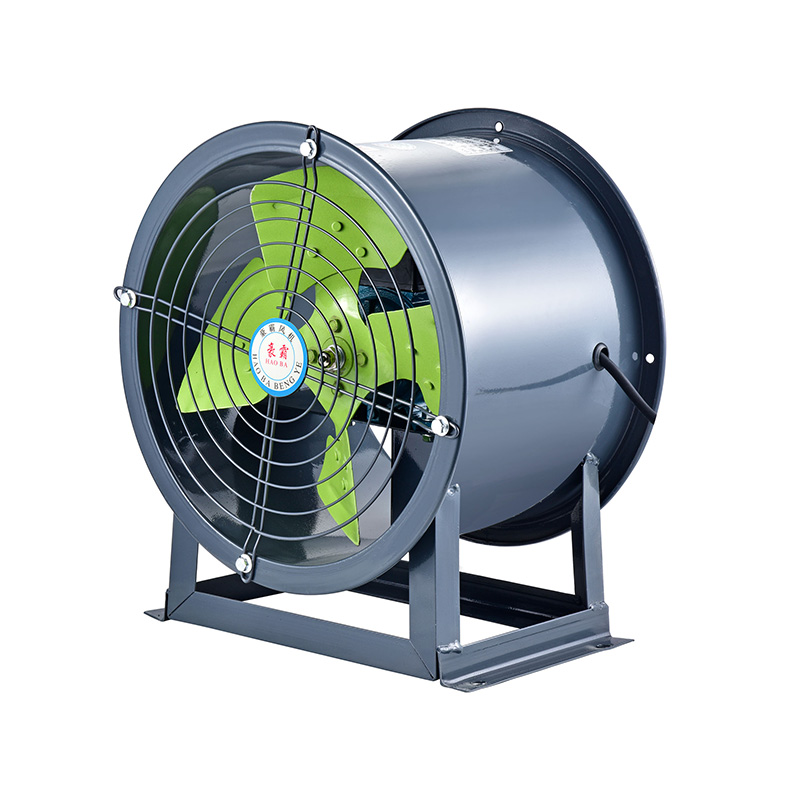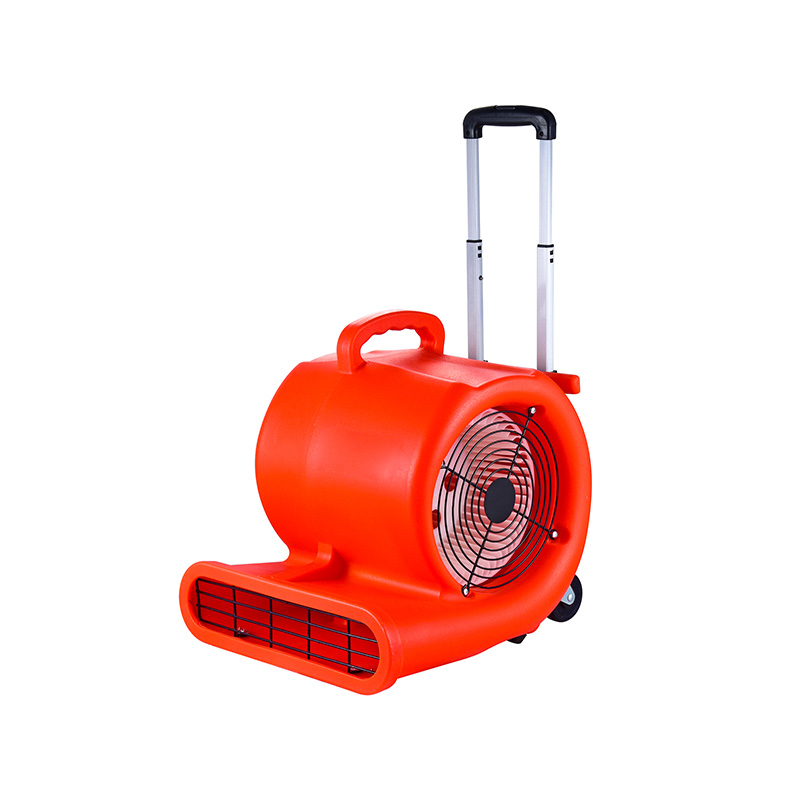The Role Of Fans In Indoor Air Quality Improvement
2025-07-08
Indoor air quality (IAQ) plays a crucial role in maintaining a healthy and comfortable environment in residential, commercial, and industrial spaces. One of the key components in improving indoor air quality is the effective use of fans. Fans help circulate fresh air, remove pollutants, and regulate humidity, all of which contribute to a cleaner and safer indoor atmosphere. Among various types of fans, the axial type fan, roof power fan, and fan axial flow are commonly used for ventilation and air movement. Each has unique features that help address different aspects of indoor air quality.

The axial type fan is widely appreciated for its ability to move large volumes of air efficiently. It works by pushing air parallel to the axis of the fan blades, which makes it suitable for applications where high airflow with low pressure is required. In indoor settings, axial type fans are often installed in windows, walls, or ducts to facilitate the exchange of stale indoor air with fresh outdoor air. By maintaining a consistent airflow, these fans help reduce the concentration of indoor pollutants such as dust, smoke, and volatile organic compounds (VOCs).
Roof power fans play a significant role in exhausting contaminated air out of buildings. Installed on rooftops, these fans take advantage of their elevated position to expel warm, humid, or polluted air that accumulates indoors. The roof power fan’s design typically includes weatherproofing and durability features to withstand outdoor conditions, making it reliable for continuous operation. In environments where heat and pollutants tend to rise, roof power fans efficiently extract unwanted air, which helps prevent the buildup of contaminants and maintains a healthier indoor environment.
Fan axial flow units are versatile and adaptable, combining the benefits of axial flow design with enhanced aerodynamic features. These fans are often integrated into ventilation systems to support air circulation within enclosed spaces. The fan axial flow mechanism allows for steady airflow with reduced turbulence, which improves ventilation efficiency and reduces noise levels. In industrial or large commercial spaces, fan axial flow devices can be paired with filters or air purifiers to further enhance air quality by capturing airborne particles.
One of the important factors in using fans to improve indoor air quality is proper placement and sizing. The axial type fan must be selected based on the airflow requirements of the space, as an undersized fan will not effectively exchange indoor air, while an oversized fan can cause excessive noise and energy use. Similarly, roof power fans need to be positioned strategically to optimize air extraction without creating negative pressure zones that could interfere with the overall ventilation system. Fan axial flow units should be integrated in a way that promotes balanced airflow throughout the building, preventing stagnant air pockets where pollutants could accumulate.
In addition to mechanical performance, the maintenance of fans is essential for sustaining indoor air quality. Axial type fans require regular cleaning of blades and housing to prevent dust buildup, which can decrease airflow and potentially reintroduce contaminants into the air stream. Roof power fans must be inspected periodically for weather-related wear and tear, ensuring seals and motor components remain intact. Fan axial flow units also benefit from routine checks, including lubrication and vibration monitoring, to keep them operating quietly and efficiently.
The use of fans like the axial type fan, roof power fan, and fan axial flow is often combined with other air quality measures. For example, they may work alongside HVAC systems, air purifiers, or natural ventilation strategies to create a comprehensive approach to indoor air quality management. While fans primarily focus on moving air, their ability to help reduce indoor pollutant levels and regulate humidity contributes significantly to a healthier indoor environment. Proper ventilation supported by these fans can lower the risk of respiratory problems, allergies, and other health issues related to poor air quality.
Furthermore, fans can play an important role in energy conservation while improving air quality. Efficient axial type fans and roof power fans use less power compared to some other ventilation methods, making them suitable for long-term operation. Fan axial flow designs that reduce turbulence and noise also contribute to energy savings by less resistance in the airflow path. When integrated with variable speed controls, these fans can adjust airflow based on demand, reducing unnecessary energy consumption while maintaining air quality.
In summary, fans are vital in the effort to improve indoor air quality. The axial type fan offers reliable airflow for general ventilation needs, while the roof power fan effectively removes stale and contaminated air from indoor spaces. Fan axial flow units provide smooth and steady airflow, supporting various ventilation setups. Together, these fans help circulate fresh air, control humidity, and reduce indoor pollutants, making indoor environments healthier and more comfortable. With proper selection, installation, and maintenance, these fans can contribute to long-term air quality improvements and overall well-being in indoor spaces.

 English
English русский
русский عربى
عربى









